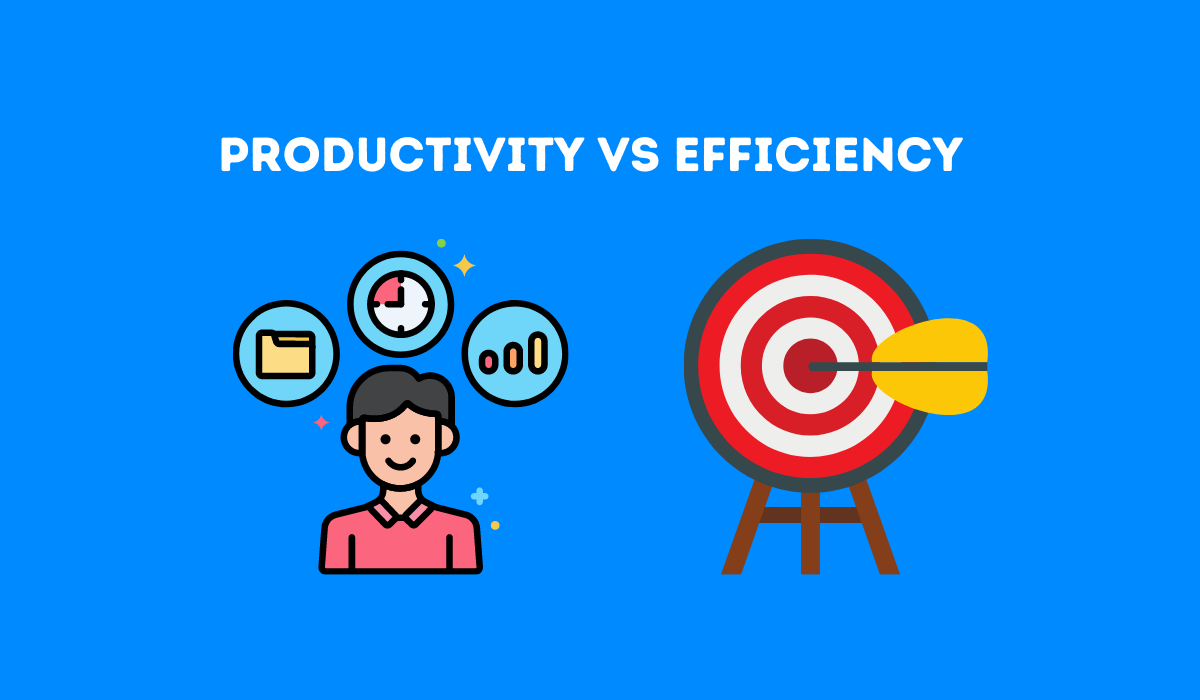1. Functionality
The first and most important principle of good kitchen design is functionality. This means that the kitchen should be designed in a way that makes it easy and efficient to use. The layout should be logical and practical, with everything easily accessible. This includes the placement of appliances, cabinets, and countertops.
When designing a functional kitchen, it's important to consider the needs and habits of the person who will be using it the most. For example, if the homeowner is an avid cook, the kitchen should be designed with plenty of counter space and storage for cooking utensils and ingredients.
Functionality also means making sure that the kitchen is designed for its intended purpose. For example, if the kitchen is used for entertaining, it should have a layout that allows for easy flow and conversation.
2. Efficiency
In addition to being functional, a good kitchen design should also be efficient. This means that the kitchen should be designed in a way that maximizes space and minimizes wasted movement. The layout should be designed to minimize the distance between the fridge, stove, and sink, also known as the "work triangle". This makes it easier and faster to prepare meals and clean up.
Efficiency also includes the use of space-saving features such as pull-out shelves, lazy Susans, and built-in organizers. These can help to maximize storage space and make it easier to access items in the kitchen.
3. Accessibility
Another important principle of good kitchen design is accessibility. This means that the kitchen should be designed to accommodate people of all ages and abilities. This includes considering the needs of children, elderly individuals, and those with disabilities.
Accessible design features can include lower countertops, pull-out shelves, and easy-grip handles on cabinets and appliances. These can make it easier for people with mobility issues to use the kitchen independently.
4. Safety
Safety is a crucial aspect of good kitchen design. This means designing the kitchen in a way that minimizes potential hazards and maximizes safety for everyone who uses it.
Some safety considerations to keep in mind include using non-slip flooring, installing proper ventilation to avoid carbon monoxide buildup, and choosing heat-resistant materials for countertops and backsplashes near the stove.
5. Aesthetics
While functionality, efficiency, and safety are all important, the kitchen should also be aesthetically pleasing. This means choosing a design and color scheme that reflects the homeowner's personal style and creates a welcoming and inviting atmosphere.
The use of quality materials, such as granite or quartz countertops, can add a touch of luxury to the kitchen. Incorporating design elements such as a statement backsplash or unique lighting fixtures can also enhance the overall aesthetic appeal of the space.
6. Storage
Storage is another key principle of good kitchen design. A well-designed kitchen should have ample storage space for all necessary items, including dishes, cookware, and pantry items.
In addition to traditional cabinets and drawers, there are many innovative storage solutions available, such as pull-out pantries and vertical storage racks. These can help to maximize space and keep the kitchen organized and clutter-free.
7. Work Triangle
The "work triangle" is a concept that refers to the distance between the three main work areas in the kitchen: the sink, stove, and refrigerator. A good kitchen design should ensure that these three areas are in close proximity to each other, making it easy to move between them while cooking.
The work triangle should also be free of obstacles, such as kitchen islands or cabinets, to allow for efficient movement and workflow in the kitchen.
8. Natural Light
Incorporating natural light into the kitchen is an important aspect of good design. Natural light not only makes the space feel brighter and more inviting, but it can also help to reduce energy costs by minimizing the need for artificial lighting.
Some ways to incorporate natural light into the kitchen include adding windows or skylights, using light-colored surfaces and finishes, and positioning the kitchen to take advantage of natural light sources.
9. Quality Materials
The materials used in the kitchen should be of high quality and durable. This will ensure that the kitchen not only looks great but also stands the test of time.
Investing in quality materials, such as solid wood cabinets and granite countertops, can also add value to the home. It's important to choose materials that are not only aesthetically pleasing but also functional and easy to maintain.
10. Sustainability
Last but not least, a good kitchen design should incorporate sustainable practices. This means choosing eco-friendly materials and energy-efficient appliances to reduce the impact on the environment.
Some sustainable design features to consider include energy-efficient lighting, low-flow faucets, and recycled or renewable materials for countertops and flooring.
In conclusion, a good kitchen design should prioritize functionality, efficiency, accessibility, safety, aesthetics, storage, the work triangle, natural light, quality materials, and sustainability. By incorporating these principles into the design, homeowners can create a beautiful and functional kitchen that meets their needs and enhances their daily lives.
The Importance of Efficient Storage Solutions in Good Kitchen Design Principles

Maximizing Space and Minimizing Clutter
 In addition to functionality and aesthetics, a good kitchen design should also prioritize efficient storage solutions. This is especially important for small kitchens, where space is limited and clutter can quickly accumulate. Efficient storage solutions not only make your kitchen look neater and more organized, but they also save you time and frustration when cooking and preparing meals.
One key aspect to consider when it comes to storage in the kitchen is utilizing vertical space.
Install cabinets that go all the way up to the ceiling to make the most of the available space. You can also add shelves above the cabinets for additional storage.
Another great way to maximize space is by incorporating pull-out shelves and drawers.
These are especially useful in lower cabinets, as they allow you to easily access items at the back without having to dig through everything in front.
In addition to functionality and aesthetics, a good kitchen design should also prioritize efficient storage solutions. This is especially important for small kitchens, where space is limited and clutter can quickly accumulate. Efficient storage solutions not only make your kitchen look neater and more organized, but they also save you time and frustration when cooking and preparing meals.
One key aspect to consider when it comes to storage in the kitchen is utilizing vertical space.
Install cabinets that go all the way up to the ceiling to make the most of the available space. You can also add shelves above the cabinets for additional storage.
Another great way to maximize space is by incorporating pull-out shelves and drawers.
These are especially useful in lower cabinets, as they allow you to easily access items at the back without having to dig through everything in front.
Smart and Multipurpose Storage Solutions
 Aside from utilizing vertical space,
another important aspect of efficient storage in the kitchen is having a designated space for everything.
This means having specific storage solutions for pots and pans, utensils, spices, and other cooking essentials. This not only keeps your kitchen organized, but it also makes it easier to find what you need while cooking.
One way to achieve this is by incorporating built-in storage solutions.
For example, installing a pull-out spice rack next to the stove or a built-in knife block in the countertop. Another great idea is to have a designated area for small appliances, such as a pull-out shelf for your toaster or a built-in microwave shelf. This not only keeps your kitchen looking neat, but it also frees up valuable counter space.
Aside from utilizing vertical space,
another important aspect of efficient storage in the kitchen is having a designated space for everything.
This means having specific storage solutions for pots and pans, utensils, spices, and other cooking essentials. This not only keeps your kitchen organized, but it also makes it easier to find what you need while cooking.
One way to achieve this is by incorporating built-in storage solutions.
For example, installing a pull-out spice rack next to the stove or a built-in knife block in the countertop. Another great idea is to have a designated area for small appliances, such as a pull-out shelf for your toaster or a built-in microwave shelf. This not only keeps your kitchen looking neat, but it also frees up valuable counter space.
Utilizing Cabinet and Drawer Organizers
 Having cabinets and drawers in your kitchen is essential for storage, but it's also important to have them organized.
Investing in cabinet and drawer organizers can make a huge difference in the functionality of your kitchen.
Drawer dividers can keep utensils and cutlery neat and organized, while cabinet organizers can help maximize space and make it easier to find items.
Another useful storage solution is a pull-out pantry.
This is a narrow cabinet that can be pulled out like a drawer, making it easy to access items at the back. It's a great way to utilize narrow spaces in the kitchen and keep your pantry items organized.
In conclusion, efficient storage solutions are a crucial aspect of good kitchen design principles.
By utilizing vertical space, incorporating smart and multipurpose storage solutions, and investing in cabinet and drawer organizers, you can make the most out of your kitchen space while keeping it organized and clutter-free.
Remember, a well-designed kitchen not only looks great, but it also makes cooking and meal preparation a much more enjoyable experience.
Having cabinets and drawers in your kitchen is essential for storage, but it's also important to have them organized.
Investing in cabinet and drawer organizers can make a huge difference in the functionality of your kitchen.
Drawer dividers can keep utensils and cutlery neat and organized, while cabinet organizers can help maximize space and make it easier to find items.
Another useful storage solution is a pull-out pantry.
This is a narrow cabinet that can be pulled out like a drawer, making it easy to access items at the back. It's a great way to utilize narrow spaces in the kitchen and keep your pantry items organized.
In conclusion, efficient storage solutions are a crucial aspect of good kitchen design principles.
By utilizing vertical space, incorporating smart and multipurpose storage solutions, and investing in cabinet and drawer organizers, you can make the most out of your kitchen space while keeping it organized and clutter-free.
Remember, a well-designed kitchen not only looks great, but it also makes cooking and meal preparation a much more enjoyable experience.


























































































































